We have long believed – as educators, as readers, and as lover of good books for kids – in the validity of young adult literature as a force for good, but also as a vital and vibrant power in changing teen lives, literacy and learning. Today, with our political establishment more bent than ever on destroying every social norm that we believe to be just and right, the time is now to introduce books that deal with issues of social justice – and to discuss them with growing and impressionable adolescent minds.
For today – the efficacy and popularity of young adult/adolescent literature is apparent – in the emerging teen read sections in bookstores; the expansion of young adult libraries; the growing of number of websites and blogs devoted to the discussion and review of young adult literature; to the proliferation of adolescent literature – in television shows, movies, and streaming online platforms – in social media.
Thus, the purpose of this welcoming second edition – is to review, recognize and reimagine this genre – young adult literature, in all its variations – so no matter its name, books for teens become part and parcel of the lexicon of what matters most for helping young people understand and become part of the 21st century
Section One – Where Has Young Adult Literature Been?
| Section one begins with Judith Hayn and Jay Cobern’s “Young Adult Literature: Defining the Role of Research,” an examination of the empirical research that cites adolescent literature and research as the framework for study. Hayn and Cobern analyze scholarly research published in the last five years. This is followed by Jeffrey Kaplan and Elsie Olan’s “Young Adult Literature and Today’s Reader: The Many Faces, Changes and Challenges for Teachers and Researchers in the Twenty-First Century,” update of where we are in the study of young adult literature – a review of current, popular genres (contemporary realism, fantasy, dystopian/utopian) – and applaudes of many new and groundbreaking genres (graphic novels, LGBQT, and audio books). Section one concludes with Susan E. Elliott-Johns’ “Literacy Teacher Education and the Teaching of Young Adult Literature: Perspectives on Research and Implications for Practice,” focusing particularly on current academic research in regards to classroom, teacher and student use. Her conclusion – as many will rightly concur – is that the study of young adult literature – and its subsequent use and popularity in the classroom and among adolescents – is just in its infancy – and thus, requires further research, emphasis, and support. |
Section II – Where Is Young Adult Literature Now?
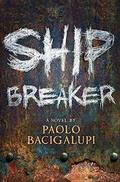
We begin with Kelly Byrne Bull and Juliann Dupuis’ “Young Adult Literature as the Sustaining Force: An Interdisciplinary Force in Teaching Environmentalism,” – an intriguing and engaging read about how young adult books are perfect for engaging and motivating young minds to becoming increasingly aware of today’s world – and how they can be agents of environmental change. Complete with lessons on group inquiry projects – with young adult books about scientific issues – as the basis, this is a smart read for advocates of interdisciplinary teaching.
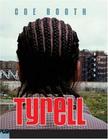

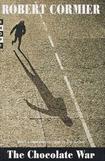
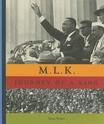





Section Three – Where is Young Adult Literature Going?



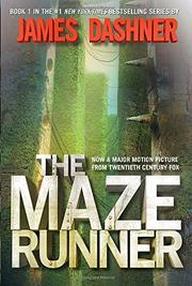
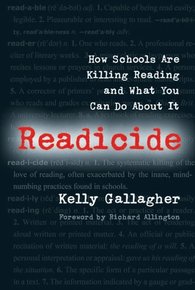

 RSS Feed
RSS Feed